Book Appoinment
Introduction
When people think about how their appearance impacts their self-esteem, they are often most concerned about their face because this is how people identify one another. Most people desire to have a face that is symmetric in appearance on either side. This is what makes ear surgery (otoplasty) so important. There are numerous reasons why someone might be thinking about having ear surgery performed. Ear surgery is used to change the shape of the ears to make them match. It can also alter the size of the ears to make them more symmetrical. Furthermore, many people have ear surgery to change their position on the head to make both sides even. For more information on ear surgery, continue reading!
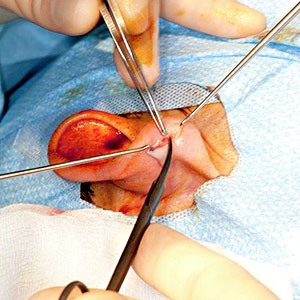
Endoscopic Ear Surgery
Endoscopic ear surgery is a minimally invasive surgical technique used to treat a variety of ear conditions. The procedure uses an endoscope, which is a thin, flexible tube with a light and camera, to provide a clear view of the ear structures. This allows for more precise and less invasive surgical interventions, resulting in reduced recovery times and improved outcomes.

Tympanoplasty
Tympanoplasty is a surgical procedure performed to repair a perforation or hole in the eardrum. The procedure involves using a graft to close the hole and reconstruct the eardrum. Tympanoplasty is typically performed on an outpatient basis and has a high success rate. The procedure can improve hearing and prevent recurrent ear infections and other related symptoms. Recovery time varies, but patients can generally return to normal activities within a few weeks after the surgery.
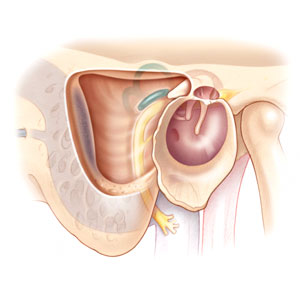
Mastoidectomy
Mastoidectomy is a surgical procedure that involves removing part of the mastoid bone, which is located behind the ear. The procedure is typically performed to treat chronic ear infections or cholesteatoma, a benign growth in the middle ear. Mastoidectomy can help to improve hearing and prevent recurrent ear infections and related symptoms.
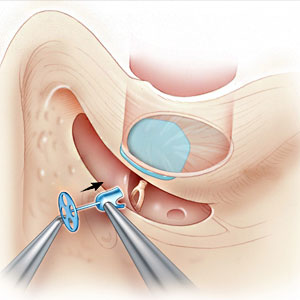
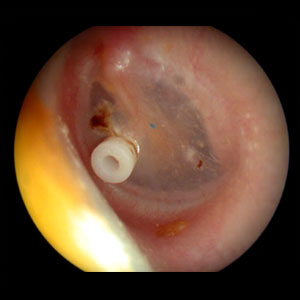
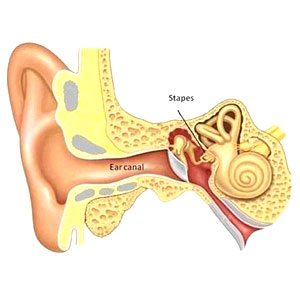
Otosclerosis
Otosclerosis is a condition in which abnormal growth of bone in the middle ear prevents the transmission of sound waves to the inner ear. This can result in hearing loss, tinnitus, and dizziness. Treatment options for otosclerosis may include hearing aids, medication, or surgery, depending on the severity of the condition.
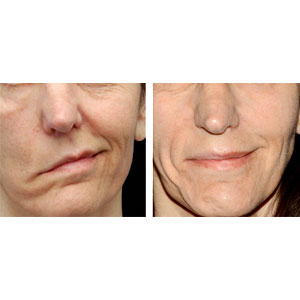
Facial Nerve Decompression
A is a surgical procedure that is performed to relieve pressure on the facial nerve. The procedure is typically done to treat facial nerve disorders such as Bell's palsy, which can cause facial paralysis, weakness, or twitching. The goal of the surgery is to improve facial function and reduce related symptoms. Recovery time varies, but patients can generally return to normal activities within a few weeks after the surgery.

Pre Auricular Sinus
A pre-auricular sinus is a small, congenital hole or pit in the skin located in front of the ear. While typically harmless, pre-auricular sinuses may become infected and require treatment with antibiotics or surgical removal to prevent complications such as abscesses or fistulas.
